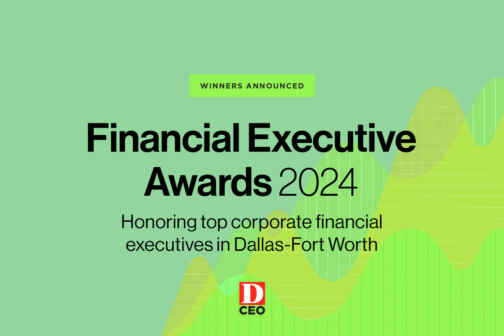Stepping through the front room of Michael Corris’ office at Southern Methodist University, where a few students sit about chatting, waiting for some time with the professor, I can’t help but think of a scene early in Indiana Jones and the Last Crusade. The archeologist / professor / adventurer returns from class to find his office crowded with students. They grab at him as he pushes through to the back room. Moments later he climbs out the window, escaping the university for another adventure.
Corris, Meadows School of the Arts art division chair, is also using the room behind his office as a kind of escape hatch out of academia, only Corris isn’t going anywhere. In fact, as we enter the plain, white-walled back room, the only things that stand out are multi-colored translucent rubber bricks stacked in front of the windows. Escape? Corris is bricking himself in. But look again and you begin to see that the bricks offer a kind of escape – they are part of a conceptual exercise, an open-ended art project called The Free Museum of Dallas. The FMOD is this city’s newest arts institution, only it exists in the unexpected and entirely unconventional location of Corris’ office. In other words, in a kind of linguistic slight of hand, Corris has managed to escape academia without ever leaving his office. All he had to do was have an idea that manipulated the meaning of the space until this part of his office didn’t really exist in academia anymore. It’s a museum.
It’s hard to pin down exactly what The Free Museum of Dallas actually is. “The Free Museum of Dallas isn’t really a location as it is a state of mind,” Corris said. “It is free for all. And it is a free for all.”
The rubber bricks and a reproduction of a painting by Peter Doig hung on an opposite wall are part of the museum’s inaugural exhibition by SMU MFA student Kristen Cochran. Like a normal arts institution, Corris has lined up a renowned list of future exhibitors – from Telegraph to Annabel Daon – all of whom will exhibit in the tiny room in Corris’ office (the Free Museum’s hours are whenever Corris happens to be there). Corris also talks about publishing projects, experimenting with the FMOD’s website, holding exhibitions in spaces around Dallas (satellite locations, he calls them), and giving each of the three walls in his back office names like the galleries in a more traditional museum. In all of Corris’ plans for the space, there is a tension between serious work and tongue-and-cheek farce, between the idea of the rock-steady nature of museum and Corris’ shape-shifting, ephemeral plans.
Take, for example, Corris idea for a retrospective exhibition of work by academy award winning director Kathy Bigelow (The Hurt Locker). The exhibit will include what Corris believes to be the only two pieces of art Bigelow ever created, and one of them is an article from a journal Corris and Bigelow worked on together in the early 1970s (the pages of the piece will be hung on the wall). Calling the exhibition a retrospective seems like a joke. Or is it? It is, in the strictest sense of the word, a retrospective of Bigelow’s work. The idea seems ridiculous because of our assumptions about what a retrospective should be: the pomp and circumstance, the rock star artist, the flyers, advertisements, lectures, catalogs, and reviews. Many of Corris’ ideas for the FMOD follow this trend – ideas confounding assumptions, poking holes at the boundaries set up by art and educational institutions. Look at Cochran’s bricks, playfully mimicking SMU’s trademark red-bricked façade (“A Georgian nightmare,” Corris calls it). How else to launch the Free Museum of Dallas – imagined as a way to break down the walls of academic and art institutional assumptions – than by constructing a wall?
“It used to be that most radical thing to do was to put work in a space that wasn’t a gallery or to publish something, but now that is very easy and normal,” he said. “It is more difficult to find where the tensions are.”
When Corris moved to SMU after twenty years at universities in Great Britain, he found himself in an unusual position: an artist working in a bubble (SMU) within a bubble (the Park Cities) within a bubble (Dallas).
“Working in academia you need a release from the bureaucracy and this bubble within a bubble within a bubble. In academia, most people are thinking about how to get out of academia – how to displace education,” Corris said of current trends of thinking on art education. “So I’m just trying to figure out how to make it more interesting.”
Despite Corris’ wry smile, the school boy-like spirit of mischievousness that threads through many of his ideas for the FMOD, the artist-professor takes this new institution very seriously. In fact, in this era of the museum blockbuster shows, of art collection as multi-million dollar income generators, of museum board members exhibiting their own collections, and art dealers becoming the heads of major museums, there is something about the Free Museum of Dallas that does what museum is supposed to do in a way that is perhaps more effective than the traditional museum: point the viewer to an urgency in the work it displays.
“How do you maintain seriousness in a world that’s really not interested in seriousness?” Corris asks. “There is something about taking the work seriously.”





